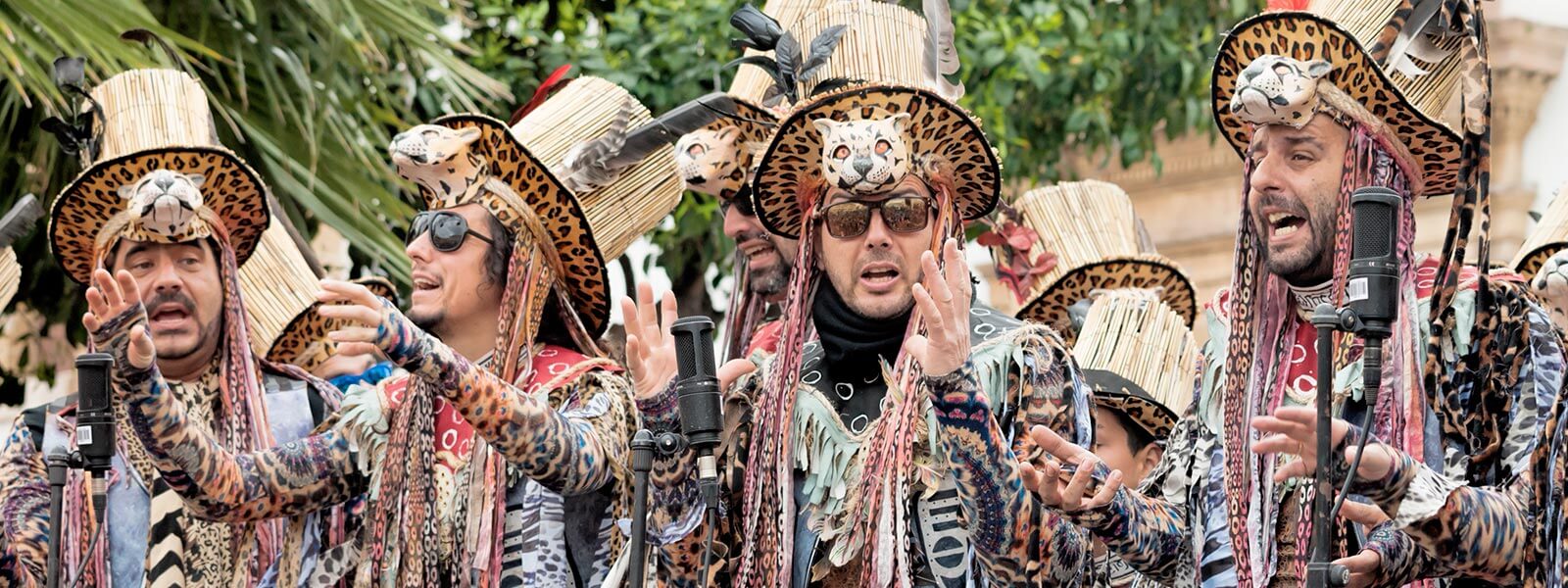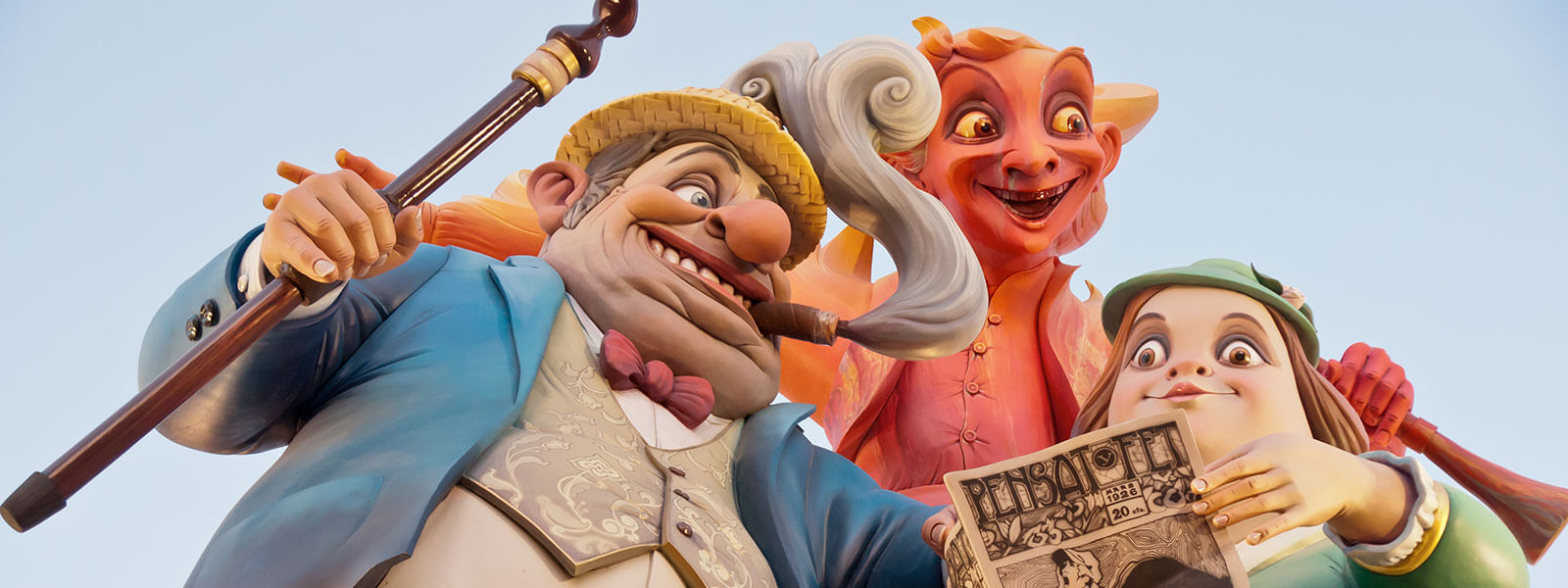
Pamplona is famous for its fiesta of San Fermín, which is arguably the most famous festival in Spain. It is a long-standing festival, which was made famous by the American author Ernest Hemingway in his book “The Sun Also Rises”. Since this discovery, over a million of people visit this city of just 200,000 residents to enjoy nine days of non-stop partying and celebration and indeed the famed “running of the bulls”.
The festival is opened by the launch of a rocket at midday on the 6th July, named the “chupinazo”. The first running of the bulls begins the following morning at 8am. Marked by the sound of a fire cracker, the 6 bulls are released from their corral, to begin the 825m run through the narrow streets of Pamplona to the bullring, where they will later that afternoon be killed in bullfights. 6 oxen followed by 3 more two minutes later also follow the bulls. The runners run before them dressed in white with a red bandana around their neck. It is a massive thrill and adrenaline rush, but it is also unsurprisingly extremely dangerous; people can get trampled on, knocked or worse still, fatally gored by the bulls. It normally takes between 3 and 4 minutes for the bulls to reach the bullring however it has been known to take over 10 minutes, often because of a bull who has got lost along the way. The running of the bulls is the most famous and widely known tradition of the sanfermines, lasting until the 14th July; however other traditions also occur during the San Fermín celebrations such as processions, parades, and fireworks.
The festival has gained a great deal of popularity and fame, as it is such a unique Spanish tradition compared to those more standard involving flamenco or guitars. Yet how do the locals feel about such a large number of tourists coming to enjoy their festival each year? Obviously some inhabitants are delighted and proud that their city’s very own festival has become so well known throughout the world. Inevitably the large influx of tourists signifies a boost to the economy; many bars and shops make more money during the week of the sanfermines than they do for the rest of the year, which is of course a great help to many families. Others believe that the festival has lost its “pamplonesa” touch, as it is no longer just a local tradition; it has become an internationally reputed event. Some residents take their leave from work between the 7th-14th July in order to get away from the havoc and chaos of their usually comparatively calm city.
Such a unique and special festival has made this city a famous tourist destination especially during the week of the sanfermines. The festival is such a fun and exciting time in Pamplona, but the true historical city also has a lot to offer. To be able to see the two sides to Pamplona, you should visit it at a different time of the year as well; it really is worth the visit.
-
 Christmas decorations in Spain How are Christmas decorations in Spain? Look at this post and know the curiosities of Spanish houses and their traditions
Christmas decorations in Spain How are Christmas decorations in Spain? Look at this post and know the curiosities of Spanish houses and their traditions -
 Cadiz carnival: A brief history Discover the Carnival of Cádiz, the most popular party in the city of Andalusia, which has the funniest and most naughty songs you've never heard before.
Cadiz carnival: A brief history Discover the Carnival of Cádiz, the most popular party in the city of Andalusia, which has the funniest and most naughty songs you've never heard before. -
 How to construct a ‘falla’ Valencia celebrates its most popular party in style, that of ‘Las Fallas’. It is a celebration based on fire and fireworks. Discover this party
How to construct a ‘falla’ Valencia celebrates its most popular party in style, that of ‘Las Fallas’. It is a celebration based on fire and fireworks. Discover this party

